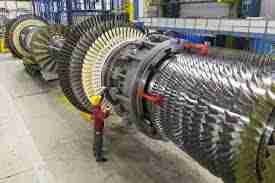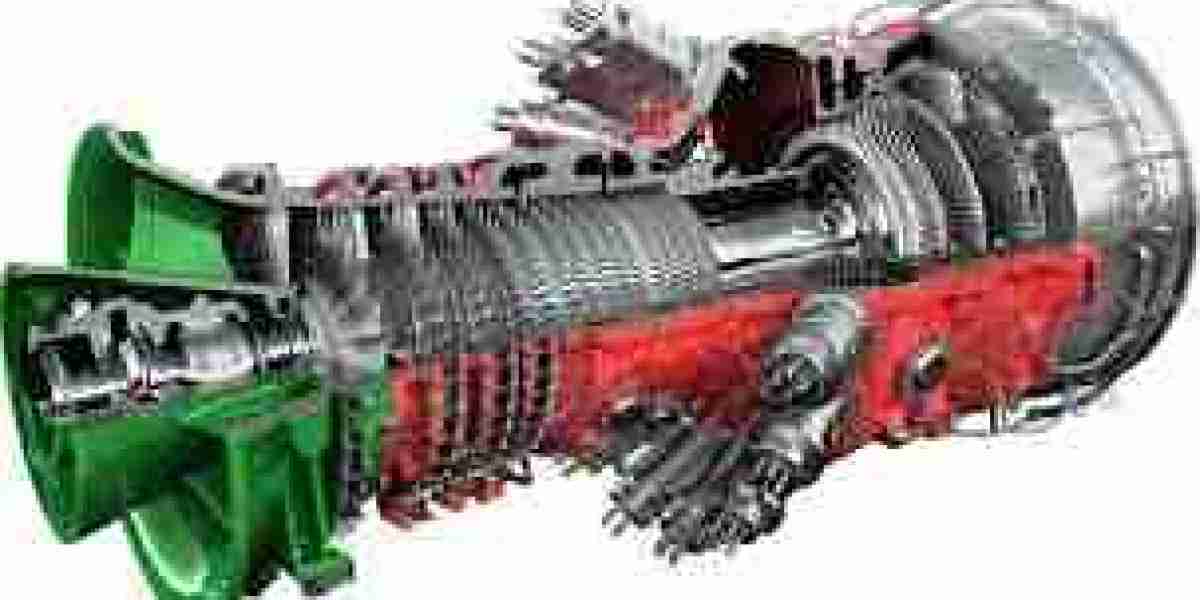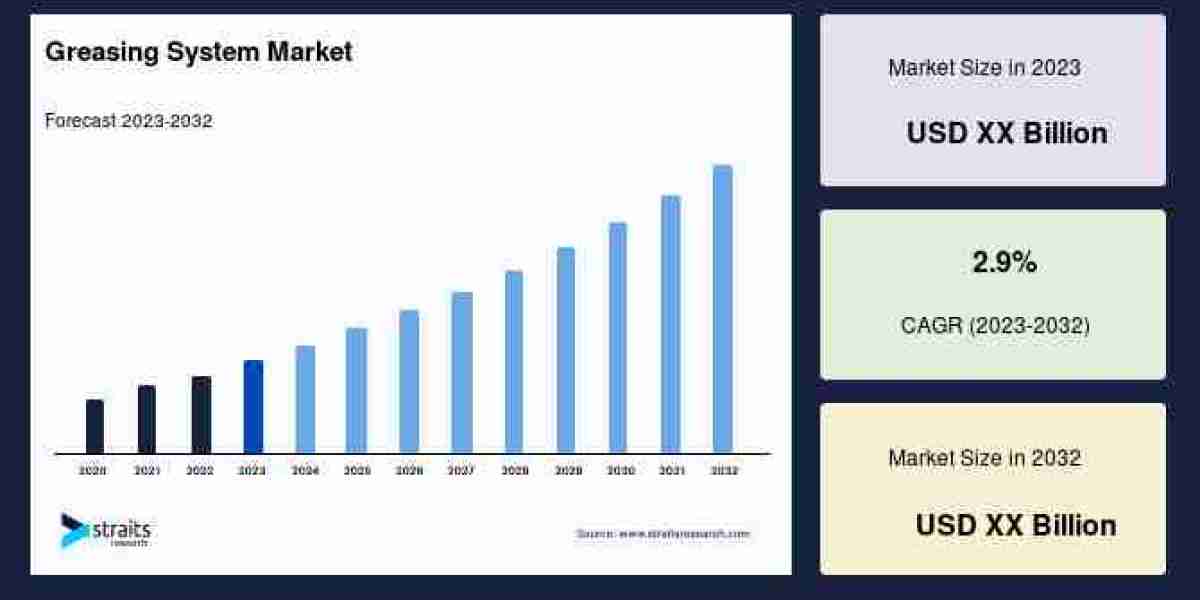The gas turbine market is advancing rapidly amid the global pursuit of low-emission, high-efficiency energy systems. With applications ranging from power generation to aerospace and industrial operations, gas turbines are at the forefront of energy infrastructure modernization. As nations and industries seek cleaner, more flexible energy solutions, developments in gas turbine technology and deployment are becoming increasingly vital.

Technological Advancements Reshaping Gas Turbines
Recent years have seen remarkable progress in gas turbine engineering. Leading manufacturers are introducing advanced turbine models with higher thermal efficiency, improved output, and enhanced fuel flexibility. Combined-cycle gas turbines (CCGTs), in particular, have gained popularity due to their superior efficiency, reaching up to 62%, compared to open-cycle systems.
One of the most significant areas of development is hydrogen-capable turbines. OEMs like Siemens Energy, GE Vernova, and Mitsubishi Power are investing heavily in designing turbines that can operate on high hydrogen blends or even 100% hydrogen. This advancement aligns with global decarbonization goals and represents a pivotal shift toward sustainable energy solutions.
Digitalization and Predictive Maintenance
Another critical area of development in the gas turbine market is digital transformation. Turbines are now embedded with smart sensors and analytics platforms that enable real-time monitoring, performance optimization, and predictive maintenance. These capabilities reduce operational downtime and maintenance costs, increasing turbine life and reliability.
Digital twins and AI-driven control systems are also helping operators fine-tune turbine performance, adapt to varying load demands, and minimize fuel consumption. These technologies support broader objectives such as grid stability and emissions control, especially in regions with fluctuating renewable energy input.
Shifting Energy Policies Driving Market Evolution
Governments across the globe are updating their energy policies to reduce dependence on coal and promote cleaner fuel alternatives. In many cases, gas turbines are serving as the bridge technology between fossil fuels and renewables. Their quick ramp-up capabilities make them ideal companions to intermittent sources like wind and solar.
In Europe and North America, aging coal plants are being replaced or retrofitted with gas-fired systems, often integrated with carbon capture and storage (CCS) technology. In Asia-Pacific and the Middle East, gas turbines are forming the backbone of new energy infrastructure as countries diversify their power mix and expand access to electricity.
Industrial and Commercial Expansion
While power generation remains the primary application, gas turbines are increasingly being used in industrial sectors such as oil & gas, chemicals, steel, and cement. These sectors require reliable, high-output mechanical drives and combined heat and power (CHP) solutions, both of which gas turbines deliver efficiently.
Microturbines and modular gas turbine systems are also gaining traction in commercial and institutional settings—like hospitals, universities, and data centers—offering on-site power with lower emissions and grid independence. This diversification is a key factor in the ongoing development of the market.
Regional Development Highlights
Asia-Pacific
The region continues to lead in gas turbine installations due to rising energy demand and industrialization. Countries such as India, China, and Indonesia are investing in gas-fired power plants and LNG infrastructure to support long-term growth. Local manufacturing and favorable policies are further encouraging domestic adoption.
Middle East & Africa
Gas-rich economies are increasingly deploying gas turbines for both domestic power needs and export-based energy projects. Investments in high-efficiency turbines and hydrogen-ready infrastructure are driving development in this region.
North America
Aging infrastructure and the retirement of coal assets are pushing utilities toward gas turbines. Technological upgrades and decarbonization mandates are encouraging innovation and new installations, especially for peaker plants and renewable backup systems.
Europe
Despite a strong push for renewables, gas turbines remain integral for ensuring grid reliability and emissions control. The development of hydrogen-ready turbines is particularly relevant in countries like Germany and the UK, where hydrogen is viewed as a future energy carrier.
Challenges and Opportunities
While development prospects are robust, several challenges must be addressed:
Cost barriers for hydrogen-capable and high-efficiency turbines
Gas supply volatility, especially in geopolitically sensitive regions
Environmental concerns over methane leaks and lifecycle emissions
However, these challenges are being met with innovative solutions such as hybrid systems, cleaner fuels, and improved combustion technology. Public-private partnerships and research funding are also accelerating market development and commercialization.
Future Outlook
The next decade will see continued evolution in gas turbine design, applications, and business models. Modular, mobile, and hybrid gas turbine systems will gain prominence, especially in remote or disaster-prone areas. Innovations in fuel flexibility—including ammonia, hydrogen, and synthetic methane—will play a key role in future-proofing the technology.
As the global energy mix continues to diversify, the gas turbine market is expected to remain a critical pillar of energy infrastructure. Strategic investments in technology, regional manufacturing, and emissions control will ensure sustained development and competitive advantage for stakeholders across the value chain.
Conclusion
The gas turbine market is undergoing dynamic development, driven by energy transitions, technological innovation, and expanding applications. From hydrogen integration to digital performance optimization, gas turbines are being redefined to meet modern energy needs. As global demand for clean, efficient, and resilient power solutions grows, gas turbines are set to play an increasingly central role in the global energy landscape.




